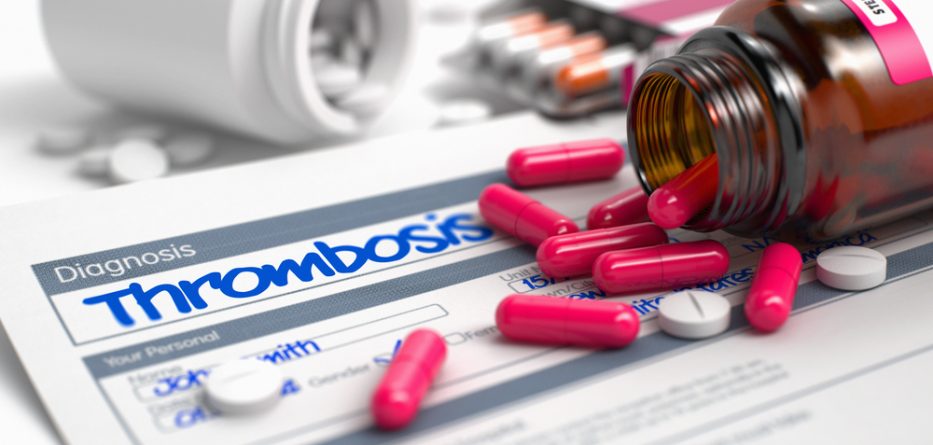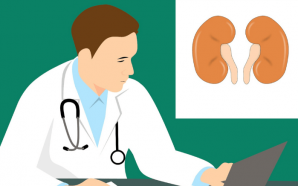Deep vein thrombosis (DVT) occurs when a clot forms in the deep veins, usually of the leg. You may notice swelling or pain in the calves, or there may be no symptoms at all. Although these may seem mild, DVT is a serious medical condition for which experts recommend immediate care. The more you understand about conditions like DVT, the better able you are to protect yourself from them or to manage them properly if they appear.
- Thrombus: Thrombus (as in “thrombosis”) is the medical term for a blood clot. When you get wounded, the clotting function activates to prevent excessive bleeding. Sometimes, that clotting activates in the blood vessels, and the platelets and other things that make up blood turn into a mass that can impede blood flow.
- Pulmonary embolism: This is a major complication of DVT. The clot that forms isn’t held permanently in place. It can shake loose, travel through the bloodstream, and block a blood vessel in the lungs. Signs of a pulmonary embolism include chest pain, difficulty breathing, dizziness, a rapid heartbeat, and coughing up blood.
- Venous thromboembolism: When both DVT and a pulmonary embolism occur, together they create this disease. Literally, it is the blood clot (a deep vein thrombus specifically) breaking loose, traveling around, and winding up in the lungs.
- Postphlebitic syndrome: Developing DVT may cause postphlebitic syndrome, if the blood vessels around the clot are damaged. Blood can no longer flow as easily, causing pain or swelling of the legs and sores or discoloration on the skin. It may take years for symptoms to be visible.
- Phlegmasia cerulea dolens: This is a very extreme but uncommon form of DVT. Clotting occurs repeatedly, which causes the area affected to become very painful, swollen, and turn blue or white. The chances of developing a pulmonary embolism are markedly increased, and the blood flow may be cut off to the extent that gangrene can set in.
- D-Dimer: D-Dimer is a chemical the body releases when blood clots dissolve. As such, it’s also a blood test used to check for clots in the veins. A positive result doesn’t necessarily indicate DVT, as other factors may cause D-Dimer production, like pregnancy or falling. This means the d-dimer test has to be used carefully and with additional tests are often used in combination.
- Anticoagulant: People with clotting disorders and others at a high risk for developing a clot are often placed on an anticoagulant, or blood thinner. It helps discourage cells from clotting as easily.
- Virchow’s Triad: The three aspects of Virchow’s Triad explain how DVT forms. Venous stasis, hypercoagulability, and damage to the endothelial lining of the veins all play a part in the clot’s formation, and helps the medical community understand contributing factors to DVT.
- Venous stasis: This first aspect of Virchow’s triad refers to a change in blood flow—specifically, it slows down. A sedentary lifestyle or sitting for a long time, such as during a car trip or during the recovery period of an illness, contribute to the development of DVT. It is especially important to move the legs as much as possible during such times.
- Hypercoagulability: Hypercoagulability means an increased risk for developing a clot. It may be due to a blood disorder, cancer, age, or pregnancy, among other things that make the blood clot more easily. Just because a person is in a hypercoagulative state does not mean they will absolutely develop a clot, but it’s important to be vigilant.
Featured Image Source: DepositPhotos/© tashatuvango








